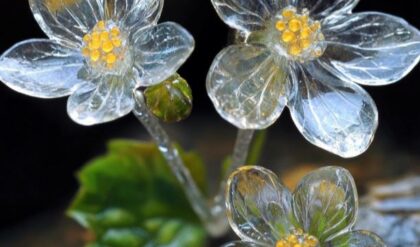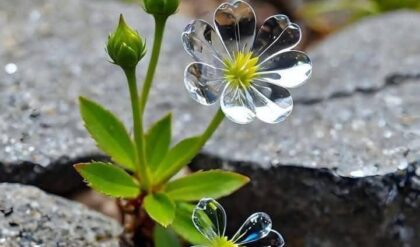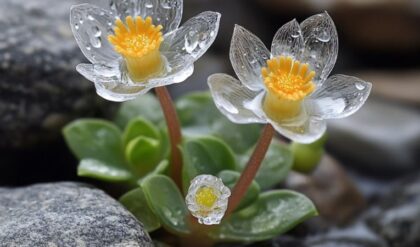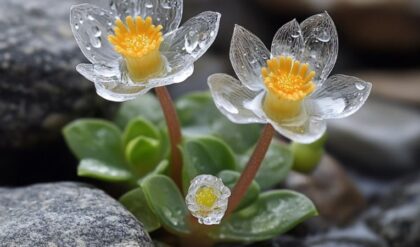The pink jacaranda tree holds a revered position in various cultures, cherished for its stunning appearance and the symbolism of beauty and renewal. As this species begins to bloom with vibrant clusters of light pink flowers, it evokes a sense of wonder and nostalgia, painting landscapes in shades of pastel that excite both the imagination and emotions. Yet, the essence of the pink jacaranda goes far beyond its aesthetic appeal—it presents a fascinating blend of ecological significance and cultural resonance.
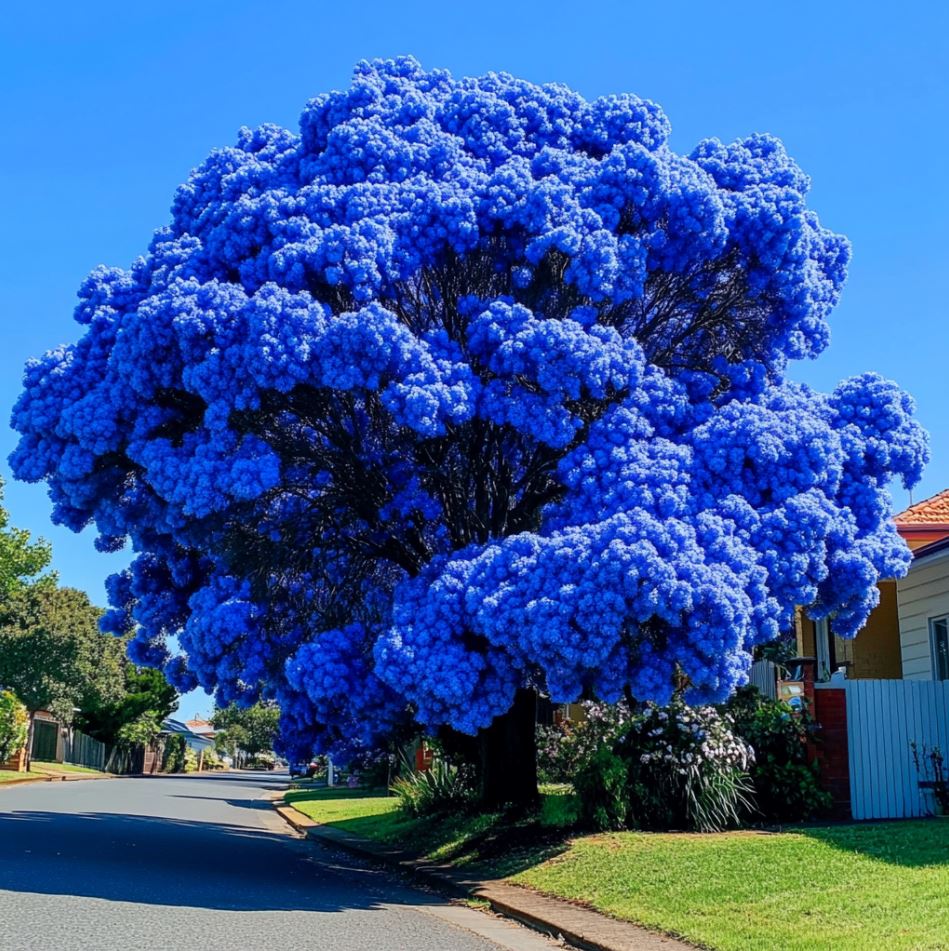
A Botanical Marvel
Native to South America, particularly regions like Brazil, Argentina, and Paraguay, the pink jacaranda (scientific name: Jacaranda mimosifolia) has found its way into gardens and streets all over the globe, from South Africa to Australia to the United States. Growing to a height of approximately 5 meters, these trees are characterized by their relatively straight trunks and lush, fern-like foliage, which serves as a complementary backdrop to their exquisite blossoms. Flowers typically appear in early spring (late August to early September), heralding a new season and offering a sensory delight for observers as the fragrant petals cascade down like confetti during their peak bloom .
A Cultural Symbol
In many societies, the pink jacaranda is not just a tree; it becomes a symbol of community and connection. For instance, in Pretoria, South Africa, the arrival of jacaranda blossom signifies the start of spring and marks a time of renewal and celebration. Local traditions might involve festivals that celebrate this natural phenomenon, allowing people to come together under the canopy of blooming trees, much as they might gather beneath fireworks on New Year’s Eve. This sense of communal joy speaks to a broader human desire for connection with nature and each other .

Ecological Importance
From an environmental perspective, the pink jacaranda also plays an essential role in local ecosystems. Its flowers attract a variety of pollinators, including bees and birds, which are crucial for the health of surrounding flora and fauna. As such, planting jacarandas can contribute positively to urban biodiversity while enhancing the visual landscape. In Zambia, for example, the jacaranda is highlighted as one of the most beautiful indigenous trees, embodying not only beauty but also a commitment to maintaining local ecological systems .
Artistic Inspiration
The nature of the jacaranda’s beauty has not gone unnoticed by artists and photographers alike. Many find inspiration under its sprawling branches, capturing moments where life seems to pause amid the ethereal blossoms. Artistic endeavors often stem from personal connections to these trees, with individuals recalling poignant memories associated with them—like sitting on a park bench and feeling enveloped by their glory . The jacaranda tree thus resonates as both a subject of admiration and a backdrop for life’s fleeting yet profound moments.
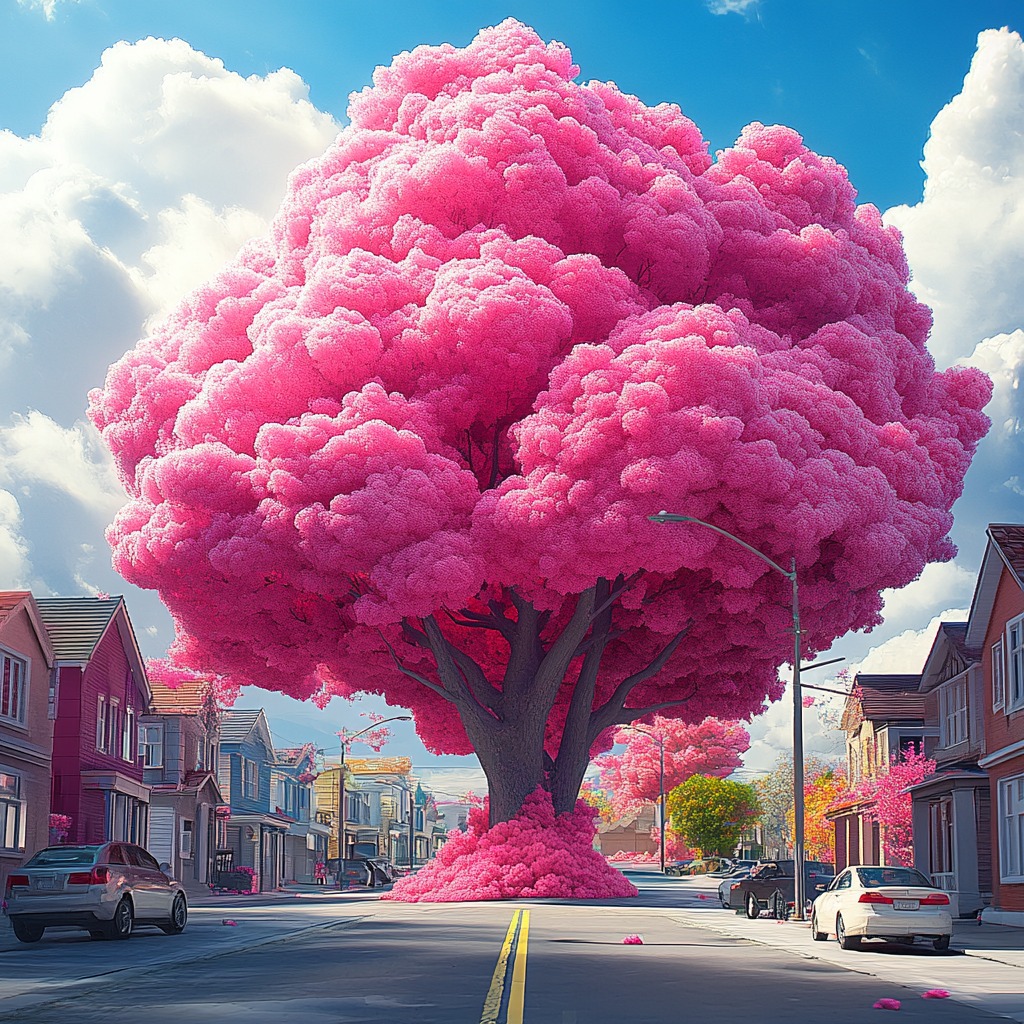
An Ongoing Narrative
When considering the ramifications of introducing this tree into varied climates and geographies, it’s essential to ponder its adaptability and how it intertwines with local ecosystems. While aesthetically pleasing, jacarandas may compete with native flora, potentially altering dynamics within ecosystems if introduced haphazardly. Hypothetically, if more urban areas turned to jacarandas as a staple in public landscaping, what might that mean for diversity in horticulture? Would we lose unique characteristics of local environments in favor of breathtaking blue and pink pathways? Such questions provoke thoughtful dialogue around ecological stewardship versus ornamental enhancement.
Thus, the pink jacaranda does more than bloom; it enriches culture, nurtures the environment, inspires creativity, and invites us to participate in a broader conversation about beauty and responsibility in nature. In celebrating this magnificent tree, we embrace not only its aesthetic value but also its potential to foster deeper connections among communities, individuals, and the fragile ecosystems we inhabit.
